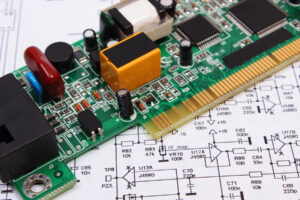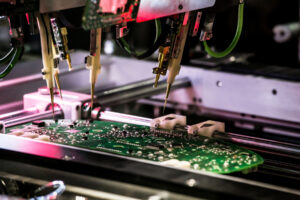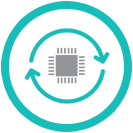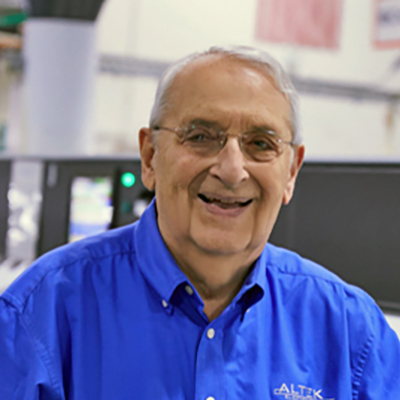When to add Flying Probe to your Electronic Assembly Bill of Material? Important things to consider…
When is the right time to use Flying Probe Test?
While Flying Probe testing is not brand new it has evolved into providing  more than Manufacturing Defect Analysis (MDA) testing. Its usage and range of capabilities has significantly expanded in recent years. OEMs competing for market share based on quality and price need to understand when it makes sense to add flying probe to your PCB assembly requirement.
more than Manufacturing Defect Analysis (MDA) testing. Its usage and range of capabilities has significantly expanded in recent years. OEMs competing for market share based on quality and price need to understand when it makes sense to add flying probe to your PCB assembly requirement.
Talk with your CM to make sure you understand all they offer before you choose the best quality assurance solution for your product. Traditional test methods of fixtured ICT, Functional test, and quality checkpoints using AOI and X-ray are readily available at most leading PCB assembly CMs – not all offer Flying Probe. OEMs always benefit from working with a Contract Manufacturer that offers flying probe as part of their quality assurance program. Frequently, OEM’s overlook the important benefits Flying Probe test can offer, as it’s not a service their CM currently offers. It is all about having multiple quality assurance options at your disposal.
Using Flying Probe Test on New Products Design
Product design does determine the best test or group of tests for your assembly. The benefit of designing for Flying probe test is that it offers high quality in-circuit test with design flexibility, especially with the increase in smaller more densely populated boards. Cost and time saving benefits of using flying probe for prototyping should not be underestimated. New design prototypes may require tweaks that are easily performed in Flying Probe programming vs. costly and time-consuming test fixture changes.
When to migrate from fixtured ICT test to Flying Probe
Redesigns are a perfect opportunity to consider switching from fixtured ICT test to Flying Probe. If you are adding or changing components for performance or obsolescence, migrating to flying probe test can free up board space by eliminating the need for test pads and traditional fixture spacing requirements.
Once you migrate from fixtured ICT testing to flying probe, future design changes can be easily accommodated, eliminating the time and expense of new test fixtures.
What can be accomplished with Flying Probe Testing
Some of the many items tested:
- • Resistance value

- • Capacitance value
- • Inductance
- • Passive component measurements
- • Opens
- • Shorts
- • Diode and Transistor orientation
- • Component placement and orientation
- • LED
- • Simultaneous double-sided board testing
- • Can handle larger boards than ICT
- • Test boards that use both SMT and TH components
- • Resistance value
Production Quantities for Flying Probe Testing
Flying Probe typically lends itself to prototyping and small to mid-range runs. This is primarily due to the speed of testing. Fixtured ICT is faster for larger volume; however, many OEM’s needs have shifted to smaller, more frequent shipments of their assembled product. These delivery schedules increase the value of Flying probe test as a viable option.
Evaluating the Cost of using Flying Probe
Up-front investment for fixtured ICT can range from $10,000 to $20,000. Fixtures used for flying probe run between $250 to $500 with the Test pricing calculated by evaluating the # of nets and components.
Finding the perfect test or combination of tests
A CM with a design engineering team adds value by advising you on the best test and quality assurance assembly design before you request quotes. Many CMs will provide this support during quoting at no additional charge.
What is the preferred testing method at Altek???
We don’t have just one! Altek realizes the value of having different quality assurance options available. Therefore, we offer a full array of options. We will assess your product design, volume, and end use before recommending the right test or set of tests. Contact our engineers to discuss how flying probe can benefit your program.











